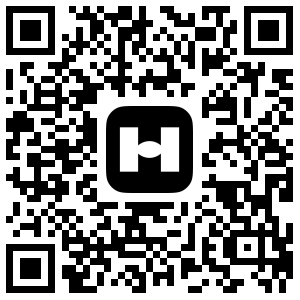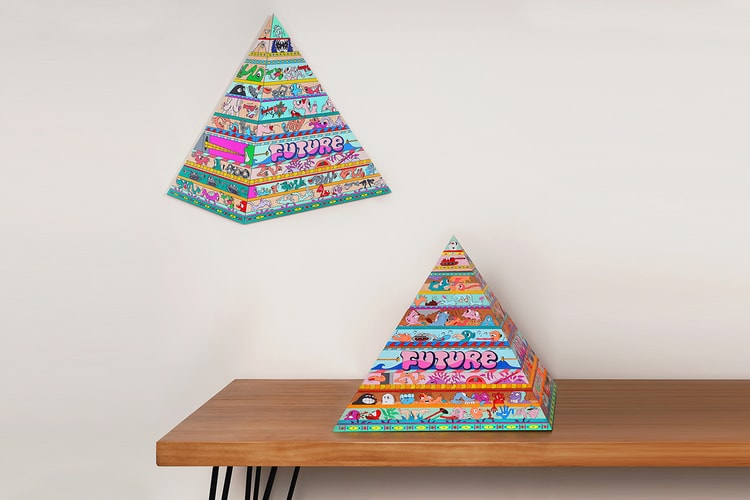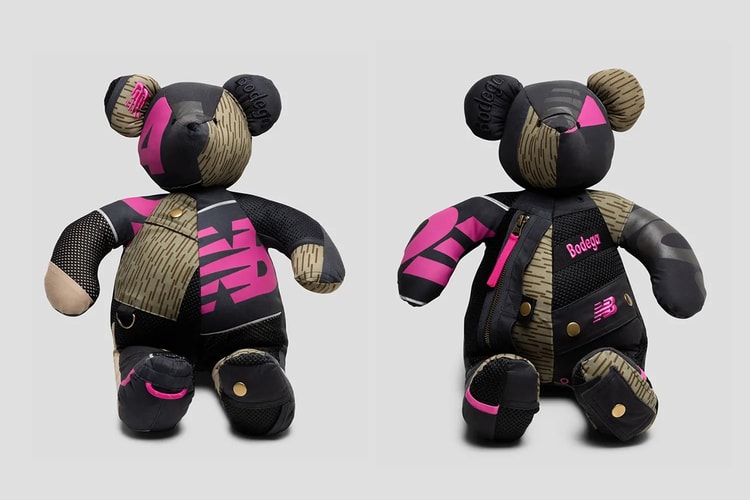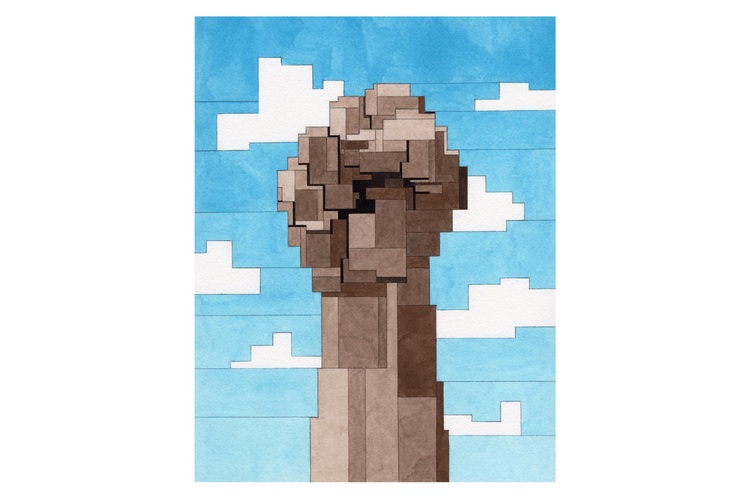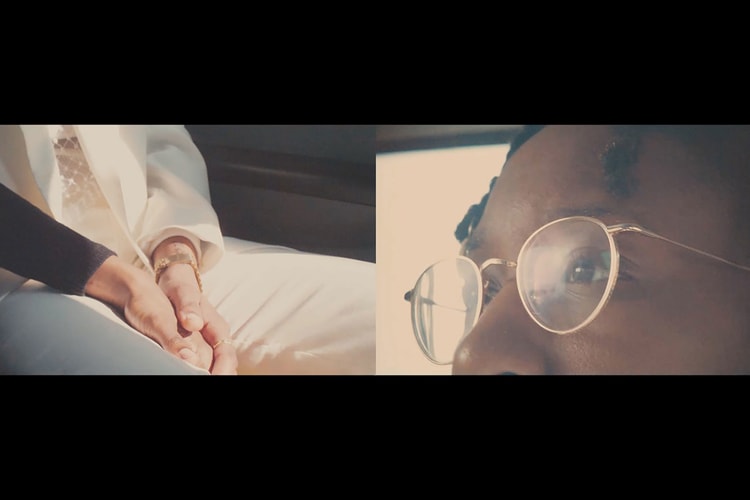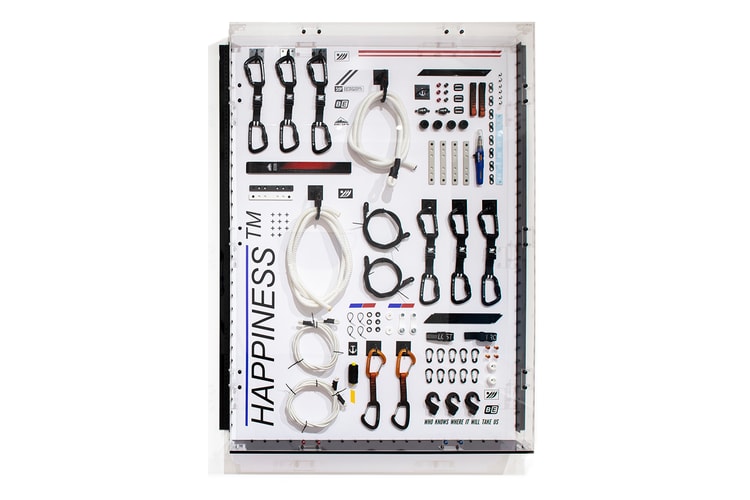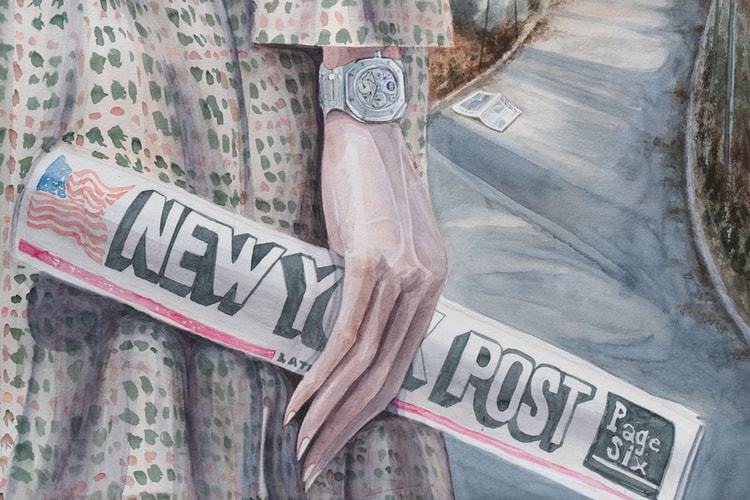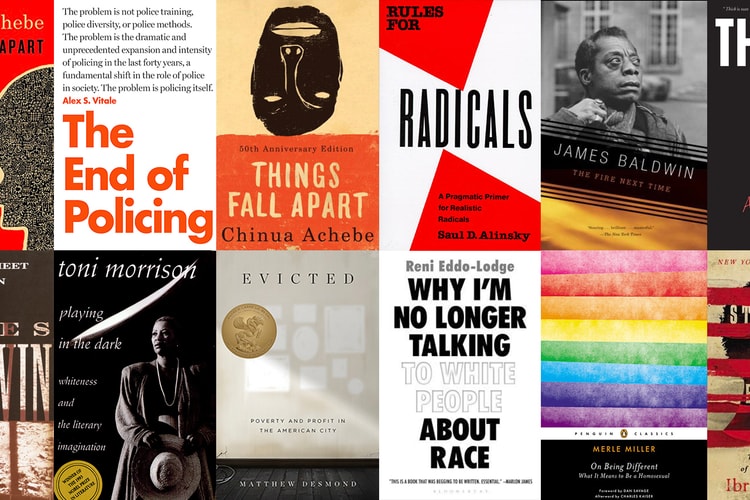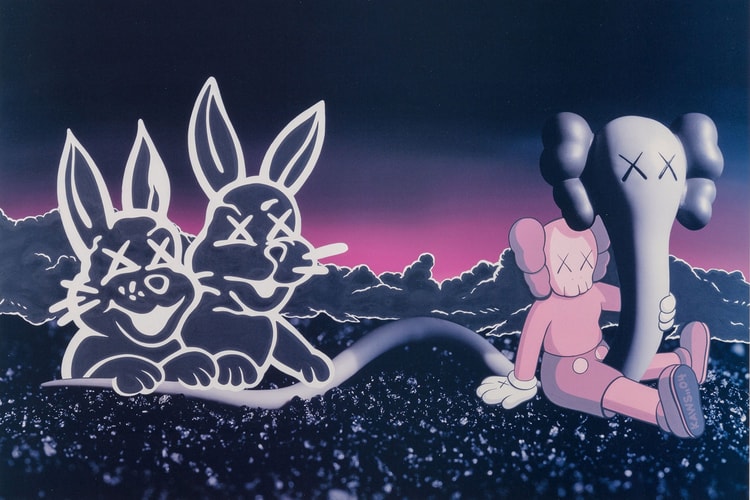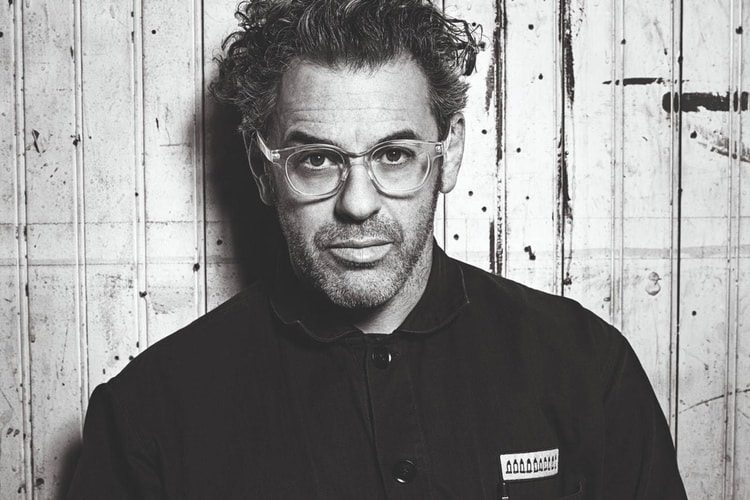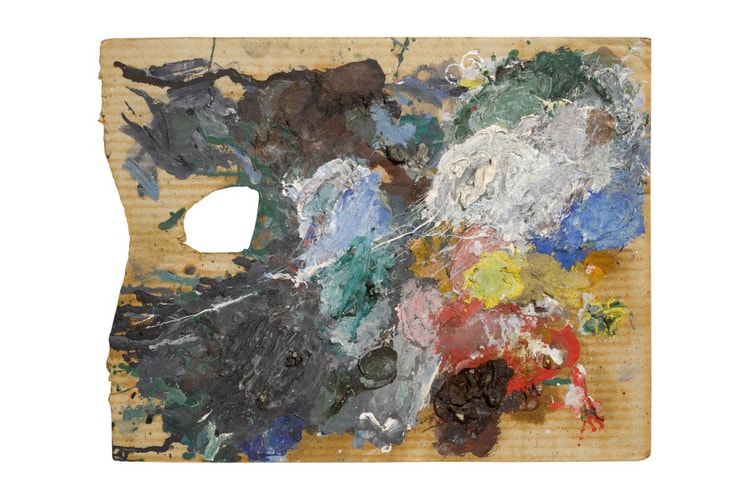New Details of Da Vinci's 'The Last Supper' Revealed Through Google Digitalization
Based on a copy owned by the Royal Academy in London.
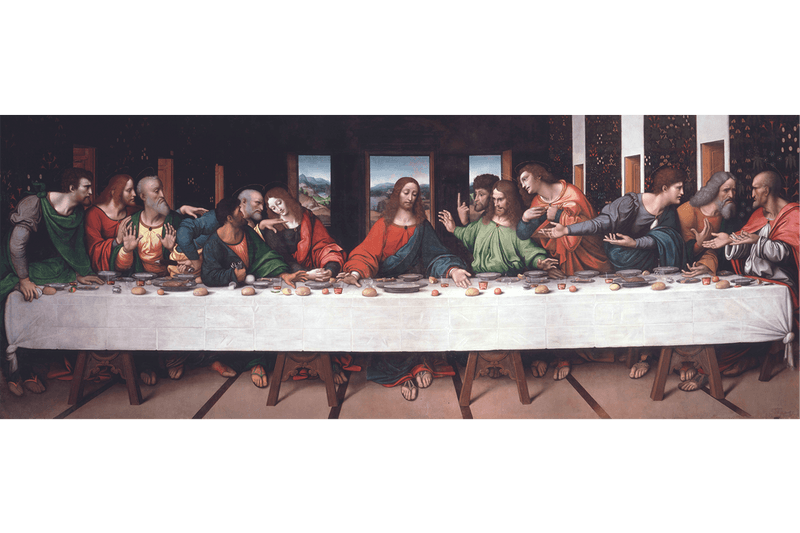
London’s Royal Academy of Arts has become the latest major art institution to partner with Google Arts and Culture to digitalize over 200 of its works. Of those works, 20 have been captured using Google’s Art Camera technology, which gives visitors to the site the closest possible look at the details of each work.
Arguably the stand-out work captured in this way is a copy of The Last Supper by Leonardo da Vinci. The painting was produced by Italian artist and da Vinci pupil Giampietrino, and is believed to have been made shortly after or at the same time as the world famous original. Another of Leonardo’s pupils, Giovanni Antonio Boltfraffio, is also often cited as having worked on the copy.
The key difference between the two works is the materials used. Da Vinci painted his work in tempera and oil on a wall, while the copy was produced using the more traditional oil paint on canvas. This traditional method means that the copy has aged much better and features details that have otherwise been lost to time.
These details, now visible through the high-resolution digital version, include Jesus’ feet and Thomas’ raised finger. Another detail is a salt cellar knocked over by Judas, a reference to the betrayal he will later commit.
Head over to the Google Arts and Culture site to take an up-close look at the copy of the The Last Supper.
In other arts news, Pablo Picasso’s paint palette sold for almost $70,000 USD recently.
